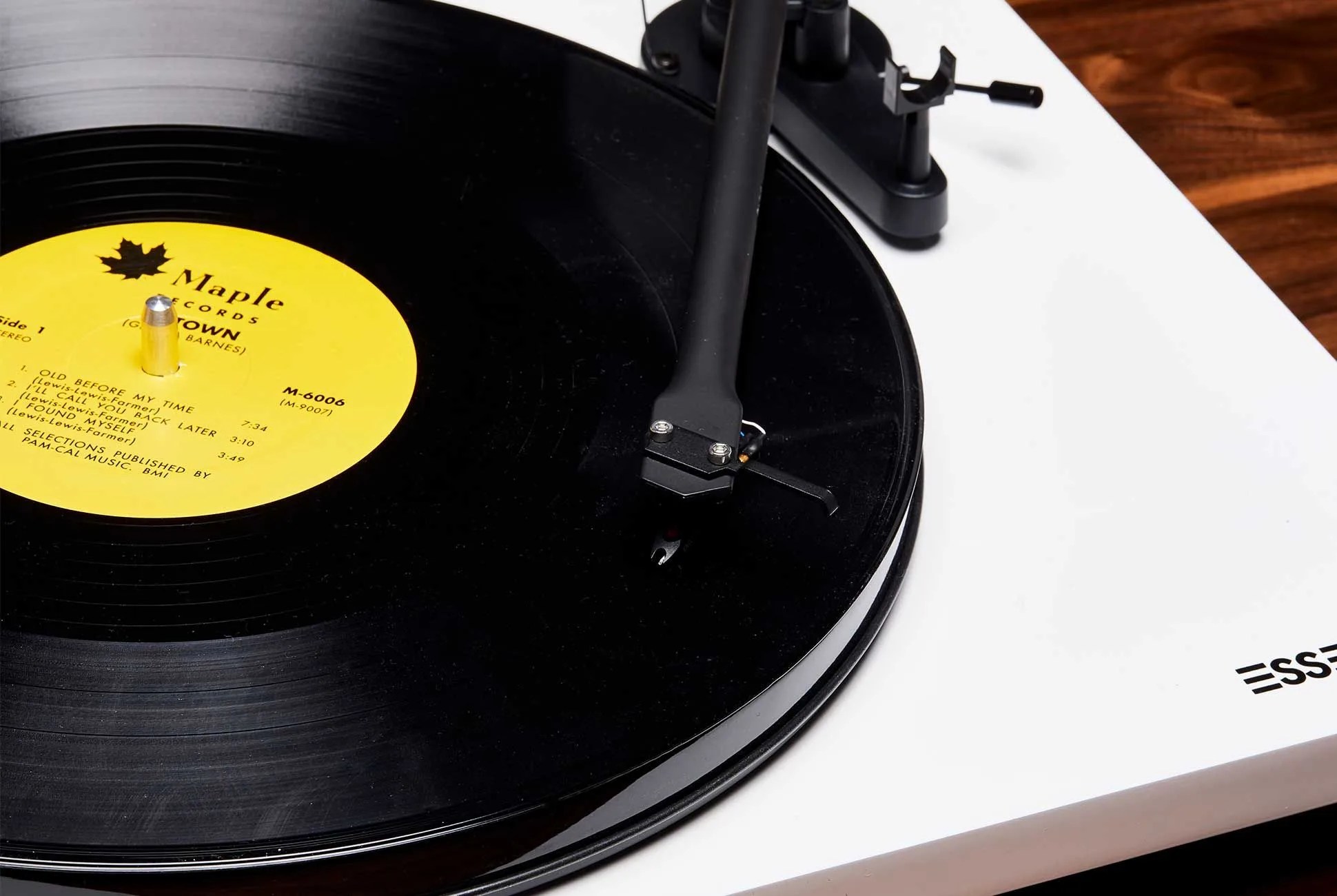You’re about to buy an album on iTunes when you see that there’s a remastered version just below it. Surely something that’s “remastered” must be better, right? To adequately answer that question, you have to understand a far more basic query: what is mastering?
There are many tracks that comprise a song. The drums occupy several tracks, as do the vocals, along with the various other instruments. A recording engineer artfully mixes all those recorded tracks together to create the song. It’s all mixed down into two channels, left and right, which gives you a final stereo recording.
The Role of the Mastering Engineer
“Think of each track like a color of sand going into a jar,” says Greg Milner, a journalist who writes about music and sound and author of Perfecting Sound Forever. “It’ll have layers of red, blue and green, but you can’t separate or remove any of the individual colors. You’d have to start the filling process over. That rainbow-colored jar is the final mix.”
“Think of each track like a color of sand going into a jar. That rainbow-colored jar is the final mix.”
Mastering engineers start with that final jar of sand, meaning they can’t change individual tracks. For example, they can’t make the vocals louder or the drums quieter. Pre-digital, the final mix was delivered on actual tape to which the mastering engineer applied final touches to make the recording pop and shine.
“When mastering for vinyl, they make sure certain frequencies of the overall album aren’t too high or harsh. Aggressive frequencies can make the turntable’s stylus leap out of the record’s grooves,” Milner explains.








